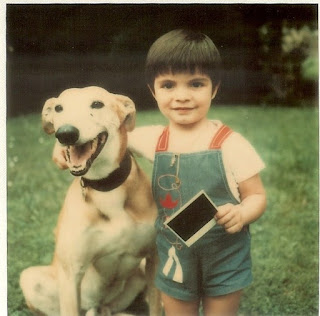Nelson Pessoa
Ted Williams
Ted and our mutual friend Jack West came to my kennels one day with none other than Nelson Pessoa wanting a greyhound to accompany his horses to competitions. I had seen the famous Brazilian jumping in London after he came to Europe but I never imagined meeting him over a greyhound. Because of my friendship with Jack and Ted I could not refuse to give him his choice from two litters of saplings I had. Nelson spent quite a while just looking at all of them. Then he picked three for special attention. He handled and stroked them in turn. He looked into their eyes while whispering to them in Portuguese. It was obvious that he had a way with dogs just as he had with horses. As he moved toward the exit gate he waved his hand at one and it followed him. He told Jack it was the one he wanted – if it was for sale. I told him that being untried I had no value on it yet and he was welcome to it. As I was lifting it into Ted’s trailer I felt a bundle of tenners being pushed into my pocket by Jack. Jack and his good wife Elsie were generous clients of mine. In 1965 I bought a dog for them called Piper Apache from Eric Adkins. Eric had made his money from building houses in Northampton, Daventry and Rugby and asked me to buy this dog after it had won the Clonmel Produce Stakes. It won several races for him before he agreed to sell it to Jack. By that time I had bought five or six others for him. Jack and Elsie were regulars at Coventry, Leicester, Long Eaton and Melton Mowbray dogs where they made a popular book and never failed to put up a price. They had no children but were always kind to ours and they treated their greyhounds and their Alsaitian guard dog like children. When our Warwick was ten they gave him an avery with twelve canaries with melodious voices. We shall always remember Jack as the only greyhound client who ever remembered me in his will.
Nelson and Mrs Pessoa called my sapling Jack and their son Rodrigo adored him. He went in the horse box with them wherever in the world they were competing. He was as popular with the public as the horses they came to admire in the stables after the shows. Mrs Pessoa told me in a letter of their sorrow when Jack died of old age. “He was by far the best dog we ever had, he was so intelligent and he loved to play with Rodrigo when he was a little boy. He was a real character. But at the end of a big show in Paris he once brought embarrassment on us. Somehow he broke out of the stable and rushed into the ring where the band was playing before the presentation of the prizes. All the staff tried to catch him. They offered him biscuits. He grabbed them but never allowed any stranger to touch him. He was so clever. When Nelson circled the ring after collecting his prize Jack ran with them at the same speed. I could write a book about the funny things he did.”
Rodrigo and Jack





